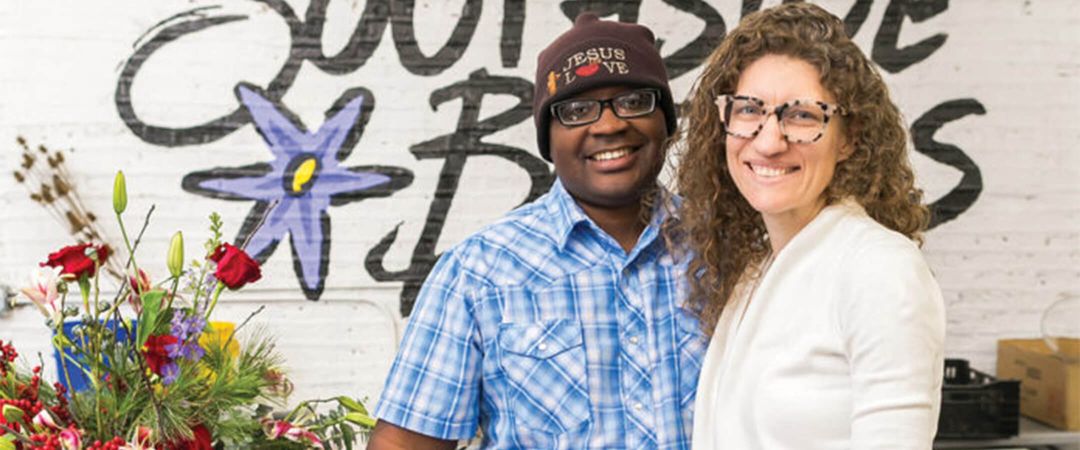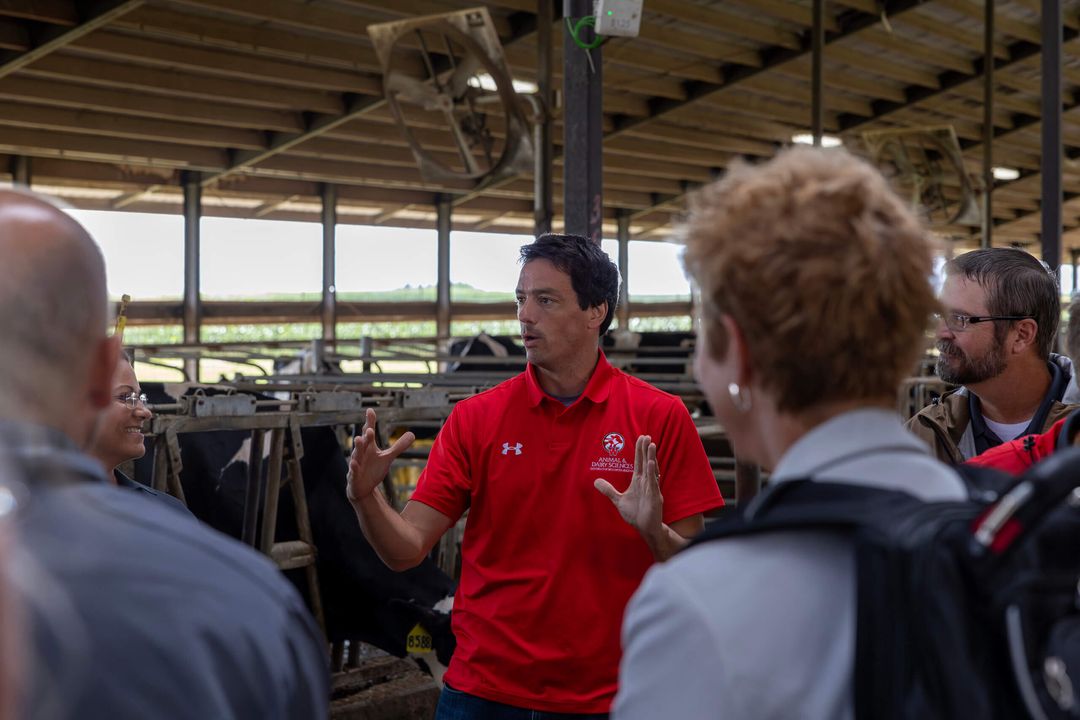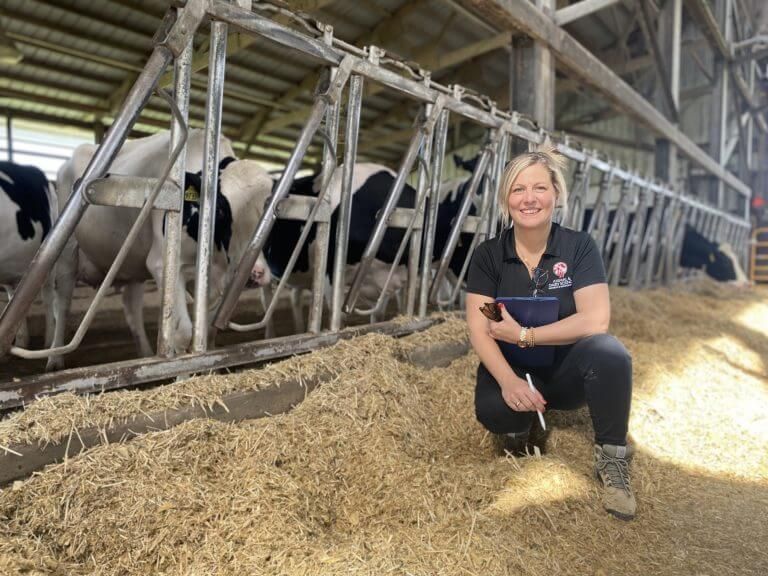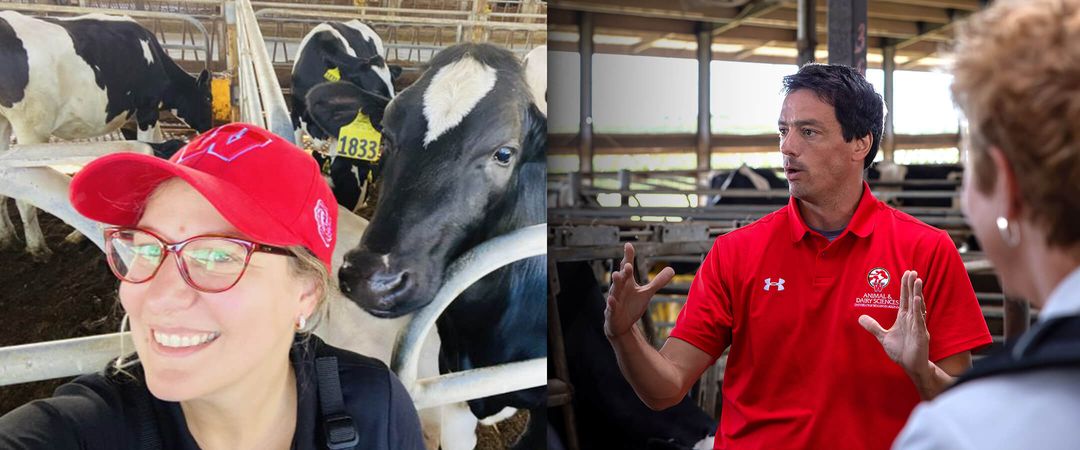David O’Connor ’05, MS’13’s story starts something like this:
Growing up in northern Wisconsin on the Bad River Reservation as a member of the Bad River Band of Lake Superior Chippewa, O’Connor — whose Anishinaabe or Ojibwe name is Bwaakoningwiid, which translates to Broken Wing or “Spirit Never Gives Up” — was in the constant company of teachers. Before setting foot in a classroom, he soaked up the wealth of knowledge made available to him by relatives and community members through the stories they shared.
“In Ojibwe and a lot of other Native cultures, there’s a lot of different stories for a lot of different things: why the sun comes up in the east and sets in the west; why, when we’re born, we don’t walk like other beings in this world,” O’Connor says. “I still remember the first story my dad told me about why animosh [Ojibwe for dog] lives with us humans, not with their brothers and sisters, like ma’iingan [Ojibwe for wolf] and others.”
These stories offered O’Connor an understanding of the world and of his place within it. However, upon starting his education in a traditional public classroom setting, he found himself in a space devoid of the narrative-rich education he had known in his youth, much less an education on Indigenous people.
“I always think it’s odd, especially coming from a school district that [was] about 20 to 25 percent American Indian … [that] it had very limited knowledge and understanding about who Native people were in our state,” O’Connor says. “How can you tell the Wisconsin story, both past and present, without Indigenous people being part of that? The simple answer to that question is that you can’t.”
When O’Connor did hear stories about Native people in his public-school classrooms, they were often taught in the past tense.
“I would learn at home to be proud about who I am, where I come from. I was taught to be proud of my family, my heritage, and my culture. ... And then I’d go to school, and when we had conversations about Indigenous people, it was the exact opposite. It was always very historical. It was never talking about who we are today.”
Now, O’Connor is helping Wisconsin’s educators tell the state’s story the way it was meant to be told — by integrating and infusing the histories and cultures of the Indigenous nations who preceded the state itself — through his role as an American Indian studies consultant with the Wisconsin Department of Public Instruction (DPI).
O’Connor’s first stop on his road to the DPI was at UW–Madison. The first in his family to attend college, he entered his freshman year undecided on a major before settling on history with the intent of becoming a professor. His natural inclinations for education and for serving his community took him elsewhere.
“When I got to college, I took close to 60 credits in American Indian studies,” he says. His coursework included Native American film, literature, history, anthropology, social welfare, and language. “I felt very unfortunate that I didn’t have a lot of those understandings or experiences growing up within the school setting. ... I always felt it was a lost opportunity not only for myself, but definitely for my peers.”
After graduating with a degree in history and certificates in American Indian studies and Chican@/Latin@ studies, O’Connor took a job with the Precollege Enrichment Opportunity Program for Learning Excellence (PEOPLE) as a student services specialist and outreach coordinator. He later worked with the UW Office of Admissions and Recruitment as an admissions counselor and Native American recruiter.
In what he calls a “full-circle” moment, his enduring passion for education led him to a master’s program at the UW in education leadership and policy analysis, a field that set him on the path to his current role with the DPI. O’Connor’s work centers on bringing an authentic, accurate, and immersive curriculum about Wisconsin’s Indigenous nations and communities to educational spaces throughout the state.
“I just don’t want that to be the same experiences for our students across our state,” O’Connor says of the gaps in his own early education. “I want them to understand that Native people shaped our state historically, we shape it today, and we’ll shape it tomorrow — that we are your neighbors, your friends, your colleagues.”
At the DPI, O’Connor develops resources such as the Wisconsin First Nations website, maps of current tribal lands, and facts about Native nations. He also hosts workshops for Wisconsin educators to promote what he calls “teaching culturally,” a practice that he says counters current methods of teaching culture. Rather than confining the study of Indigenous peoples to designated “Native Novembers” or an “Indigenous Peoples Day,” it offers a comprehensive and integrative exploration of the multiplicity of Indigenous nations and cultures.
True to his earliest educational experiences on the reservation, O’Connor champions oral histories and storytelling as the foundation of his method and integral to developing a nuanced understanding of different cultures.
“I always tell teachers, when you tell those stories, tell your own story, too,” O’Connor says. “We all have stories, and I think it’s important to model that.”
Remembering his experience of feeling unrepresented in a school mere miles from his reservation, another key to O’Connor’s method is ensuring that the classroom community reflects the greater community in which it is situated. Teaching culturally also requires a degree of humility as teachers become students alongside their class and engage in the learning process together.
“As you engage in dialogue and conversations, it also means that you don’t have all the knowledge base of everything that you’re talking about, or it means that you’re learning with students,” O’Connor says. “I always believe that when you open up those spaces, it allows students to also have the same opportunity to learn from each other. It’s a more inclusive environment when you come from that angle.”
Sometimes, O’Connor noticed, even teachers were looking for an easy A. “What I was hearing from educators [was], ‘How do we meet the minimum of this instruction? How do we include this into our teaching just so we can meet the requirement of the state?’” he says.
While he doesn’t get to hand out grades to his colleagues, O’Conner sees the transformative power of his work through attitude shifts of the teachers he works with.
“Now, I hear different conversations: ‘How do we integrate this or incorporate this in [a way] that it’s more meaningful?’”
And he’s not the only one who recognizes the importance of this work: recently, O’Connor was honored with a 2020 Native American 40 under 40 Award from the National Center for American Indian Enterprise Development and a 2021 Indian Educator of the Year Award from the Wisconsin Indian Education Association. He was also recognized for his tireless dedication to his work with a Certificate of Commendation from Governor Tony Evers ’73, MS’76, PhD’86.
Although these awards and the diplomas that preceded them bear O’Connor’s name alone, he considers them shared accolades with his earliest educators: his family.
“[My parents] deserve that award just along with myself. I think about my aunties [and] uncles who are no longer here, my cousins, other family members who have maybe walked on. I think about my wife and my daughters. I also think about those who are yet to come,” he says. “It may have my name on it, but in the end of the day, it should include all those people.”
This story originally appeared in the August 2021 issue of Badger Vibes. Learn more about this monthly email newsletter from WAA, and sign up for the mailing list.










